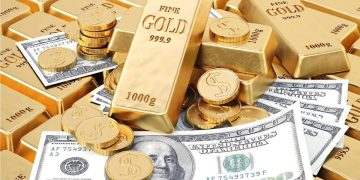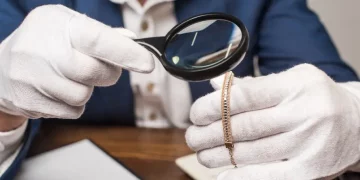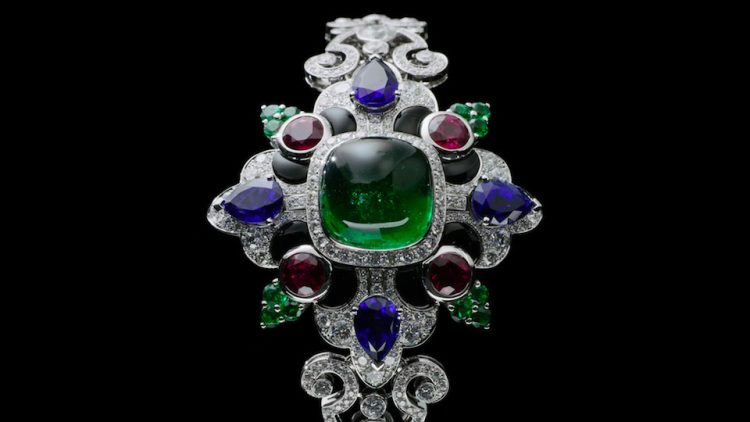The world of collecting, whether it’s rare art, vintage memorabilia, or limited-edition collectibles, offers both exciting opportunities and potential pitfalls. The thrill of acquiring a sought-after item can often lead collectors to overpay, especially when market trends are misunderstood or overlooked. Understanding market dynamics and trends is crucial to making smart investments and avoiding the high price traps that many fall into.
In this article, we’ll explore essential strategies for analyzing market trends in the collecting world and how collectors can use this knowledge to avoid paying inflated prices for items. By understanding the broader market, keeping an eye on supply and demand, and leveraging data, you can make informed decisions and secure valuable collectibles without falling into the high-price traps that often emerge.
1. The Importance of Market Trend Analysis
Market trend analysis is the study of price movements, demand fluctuations, and external factors that influence the value of collectibles over time. Whether you are a seasoned collector or a beginner, understanding the market’s cyclical nature and recognizing patterns can help you make more strategic purchasing decisions.
Understanding Market Cycles
Every collecting market goes through cycles—periods of growth, peak demand, and correction. Recognizing these cycles is key to avoiding overpaying. At the height of a trend, prices can soar, driven by hype or short-term demand. However, once the demand stabilizes, these prices often drop, leaving collectors who bought at the peak stuck with overvalued items.
Market cycles can be influenced by several factors:
- Seasonal Trends: Certain collectibles, such as antiques, art, or sports memorabilia, may experience price increases at specific times of the year (e.g., holiday seasons, auctions).
- Cultural or Media Influence: A resurgence in popularity (e.g., through films, TV shows, or media) can temporarily inflate demand and prices.
- Economic Conditions: In periods of economic uncertainty, luxury items, including collectibles, may experience fluctuations in demand.
By tracking past market cycles and understanding the reasons behind these fluctuations, you can make more informed decisions about when to buy and when to hold off.
Learning from Past Trends
Historical data and trends are powerful tools for understanding potential future price movements. For example, if you are looking to invest in rare comic books, understanding how their value has shifted over the years—especially around major film releases or cultural events—can give you insight into the market’s behavior.
Many online resources and platforms track the sales of rare collectibles and provide historical price data. Reviewing auction results and market reports for specific categories will give you a clearer picture of the typical price ranges for various items. By using these data sources, you can better assess whether an item is priced fairly or if it’s overpriced due to short-term hype.
2. Supply and Demand: The Core of Pricing
One of the most fundamental principles in any market is the balance between supply and demand. In the world of collectibles, limited supply combined with high demand can drive prices up significantly. Conversely, if the market becomes oversaturated with a certain type of collectible, the demand may decrease, leading to a drop in prices.
Limited Edition vs. Mass-Produced Items
Understanding the difference between limited-edition and mass-produced items is essential when evaluating the potential for price appreciation. Rare items that are limited in number—whether it’s a limited print of artwork, a one-of-a-kind artifact, or a unique trading card—tend to hold more long-term value. Limited supply means that, as demand increases, the prices will likely rise.
On the other hand, mass-produced items, though they may be valuable in the short term due to trends, often don’t hold their value as well. If you’re targeting items in high supply, like newly released sports merchandise or mass-produced action figures, be cautious about paying premium prices. These items may not appreciate in value and might even depreciate once the initial demand fades.
The Scarcity Factor
The scarcity factor—how rare or hard to find an item is—directly impacts its value. For example, the first edition of a famous book or a rare vintage car is much more valuable than a later edition or a more commonly available version. When purchasing collectibles, ask yourself how scarce the item truly is, and whether the market has a genuine interest in it. If the scarcity is overstated, the prices might be artificially inflated.
3. Evaluating Market Hype and Speculation
It’s easy to get swept up in the excitement when a particular collectible is in the spotlight, especially when social media or celebrity endorsements start driving demand. However, market hype can be a double-edged sword. While it can create opportunities, it can also lead to unsustainable price surges that eventually deflate.
Identifying Hype vs. Genuine Interest
A key way to avoid high-price traps is to differentiate between hype-driven demand and genuine, long-term interest. For example, when a collectible item is featured heavily in the media or gains attention from a popular influencer, prices can skyrocket. While some of these items might have lasting value, many of them are driven by short-term trends, meaning that once the hype dies down, so does the price.
To evaluate whether an item’s value is truly rooted in long-term demand or is just a short-lived trend, ask the following questions:
- Has this collectible been historically valuable? Items with long-standing appeal, like classic cars or rare paintings, tend to hold their value over time.
- Is there sustained demand or interest? For example, collectibles tied to specific media franchises might see price increases around major movie releases, but the value may plummet afterward if there’s no ongoing demand.
By identifying whether the increase in price is based on genuine, long-term interest or temporary hype, you can avoid overpaying for items that may lose value once the attention fades.
Watch Out for Price Manipulation
Certain markets, especially in high-value collectibles such as rare art or limited-edition items, can experience price manipulation. Large collectors, dealers, or influencers may create an artificial sense of scarcity or inflate prices for their benefit. Watch for patterns where certain sellers consistently raise prices on popular platforms without a clear, justifiable reason.
To avoid being caught in manipulated markets, always cross-check prices across multiple sources and platforms. If an item is priced significantly higher than similar items on different sites, it’s worth questioning whether the price increase is legitimate or part of a market manipulation tactic.

4. Researching the Seller and Provenance
When purchasing rare or expensive collectibles, it’s essential to do thorough research on the seller and the item’s provenance (its history of ownership). A legitimate, reputable seller who provides full documentation of an item’s history can offer peace of mind. Conversely, buying from unreliable or unverified sources can expose you to the risk of purchasing counterfeit or overvalued items.
Trustworthy Sources and Platforms
Collectibles markets are home to both legitimate sellers and unscrupulous dealers. Buying from well-established auction houses, reputable dealers, or trusted online marketplaces is crucial to ensuring that the item you’re purchasing is authentic and appropriately priced.
Some marketplaces even offer provenance verification services, allowing buyers to access detailed histories of specific items. If the item you’re interested in lacks proper documentation or is being sold by an unknown seller, proceed with caution. When in doubt, seek professional advice from experts or consult community forums and peer groups.
Appraisals and Expert Opinions
For high-value items, it’s wise to seek an independent appraisal or expert opinion before making a purchase. Appraisers can help assess whether an item is priced fairly based on its rarity, condition, and market demand. Expert appraisers can also help you identify potential red flags, such as inconsistencies in the item’s provenance or evidence of possible damage or restoration that might affect its value.
5. Patience: A Collector’s Greatest Asset
The final piece of advice for avoiding high-price traps is patience. Impulsive buying can lead to overpaying, especially when emotions take over in the heat of an auction or competitive bidding environment. Take your time to research and wait for the right opportunities.
Wait for Market Corrections
If you’re eyeing an item that seems overpriced, don’t rush to buy it. The market often experiences corrections, where prices drop back to more reasonable levels after an initial surge. Waiting for the right moment to make a purchase—when prices stabilize—can save you from paying inflated prices.
Building Long-Term Relationships
Another advantage of being patient is the opportunity to build long-term relationships with dealers and collectors. Over time, these relationships can give you better access to rare items and allow you to make purchases at fairer prices. Dealers may offer you first dibs on upcoming items, or provide discounts for repeat customers.
Conclusion: A Strategic Approach to Collecting
In the world of collectibles, market trends, supply-demand dynamics, and hype cycles all play a significant role in pricing. By adopting a strategic approach to collecting—analyzing trends, evaluating demand, and being patient—collectors can avoid the pitfalls of high-price traps and make smarter, more informed decisions. Always do your research, seek expert advice, and, most importantly, remember that the most valuable collectibles often require a keen eye and a steady hand to secure at the right price.

















































